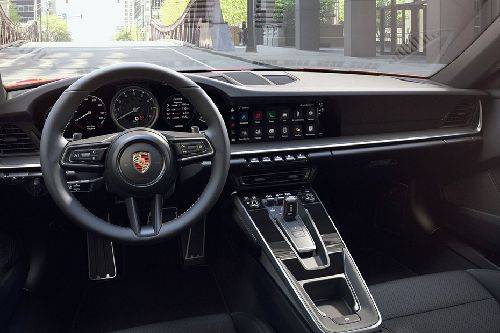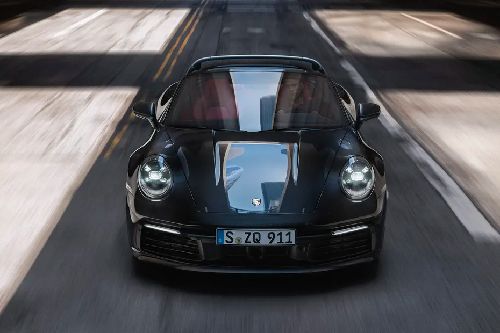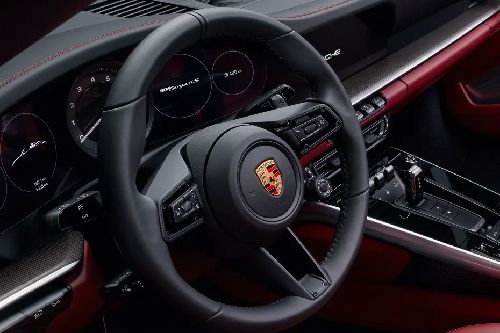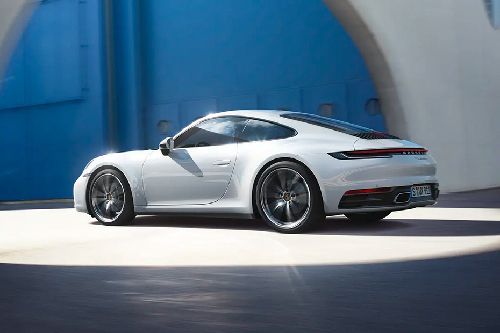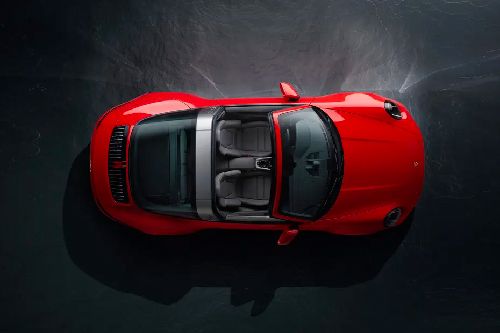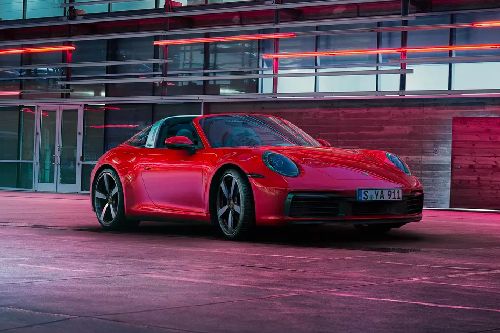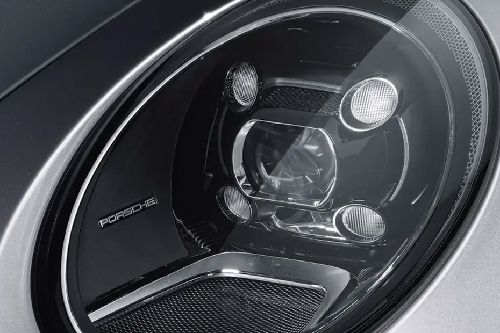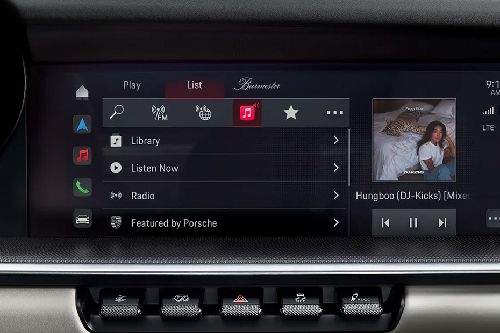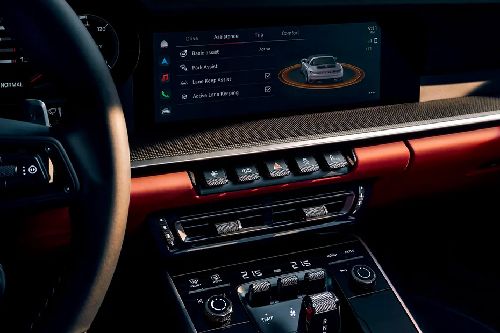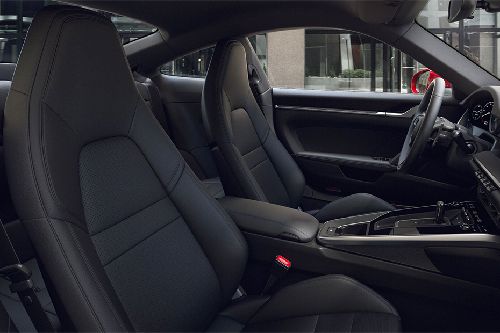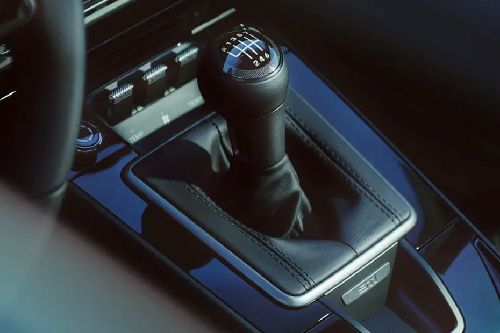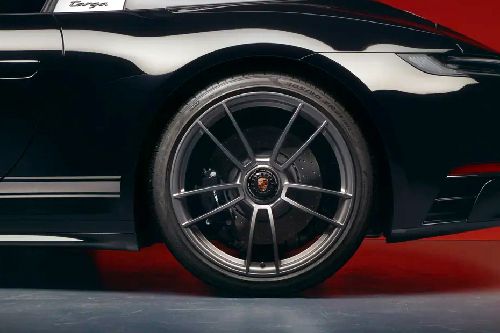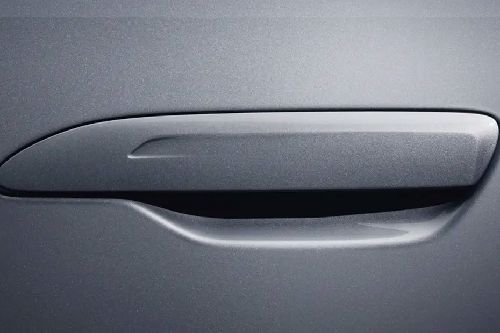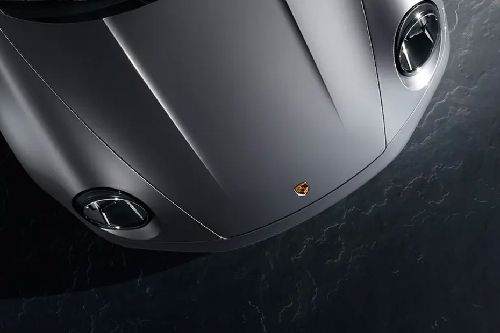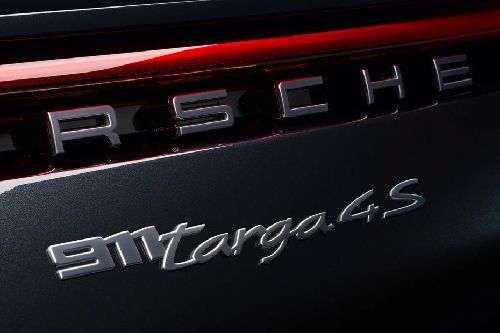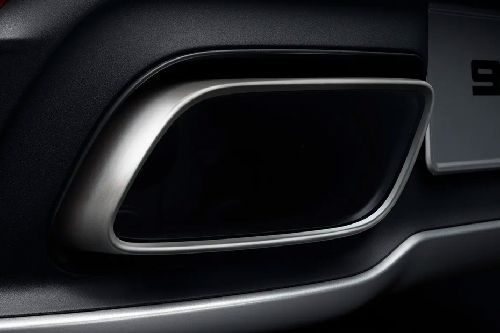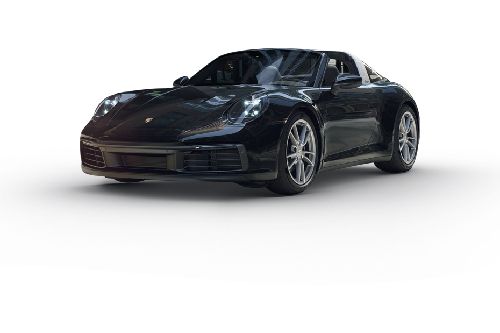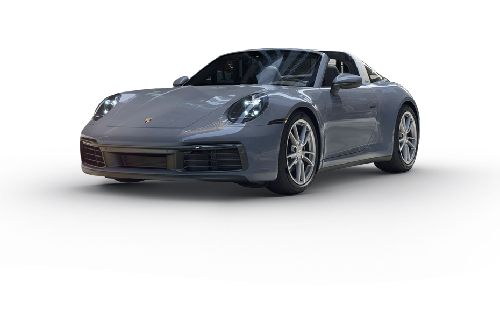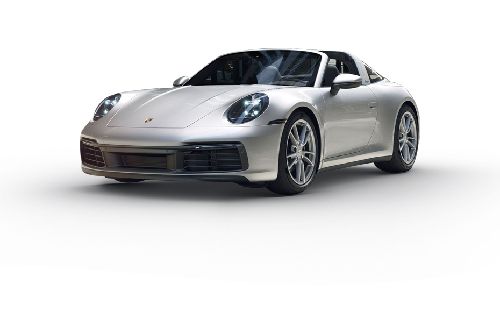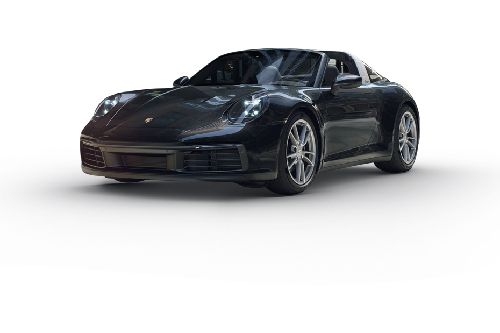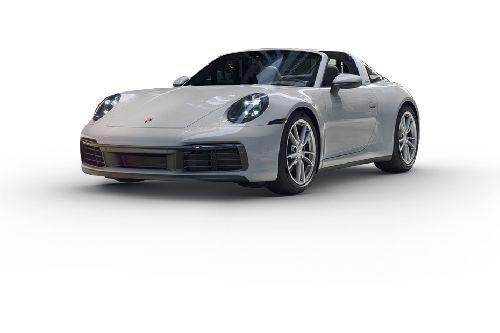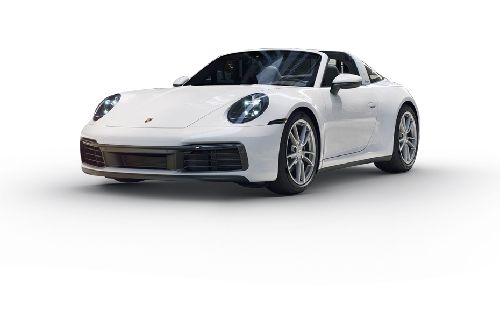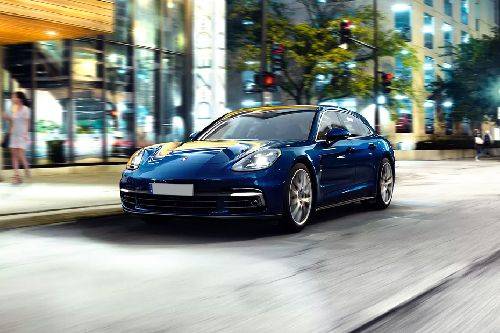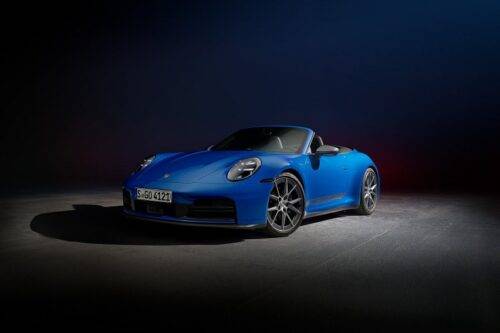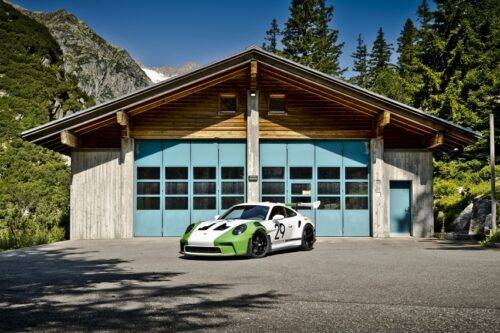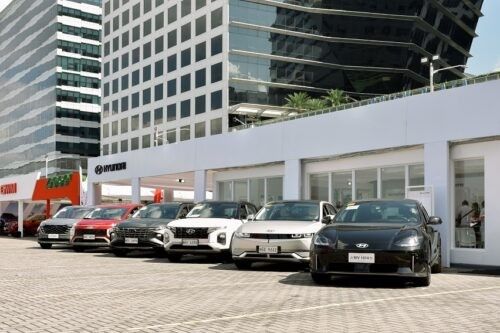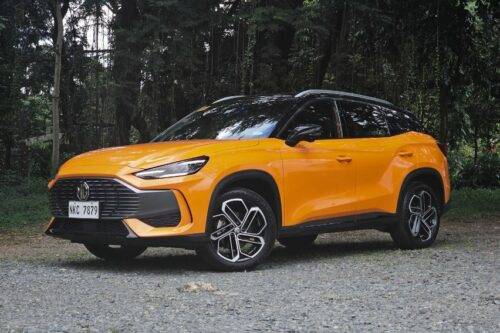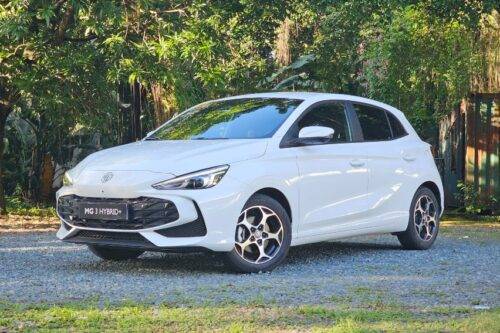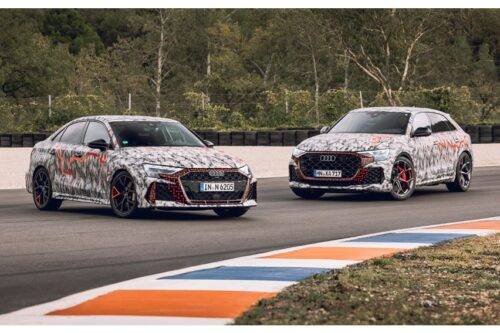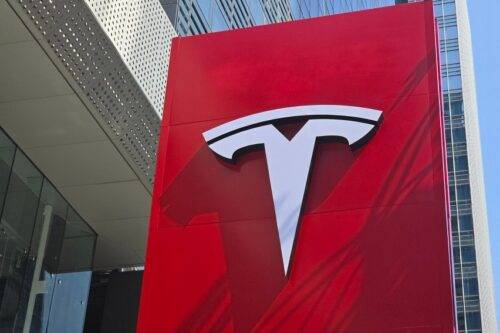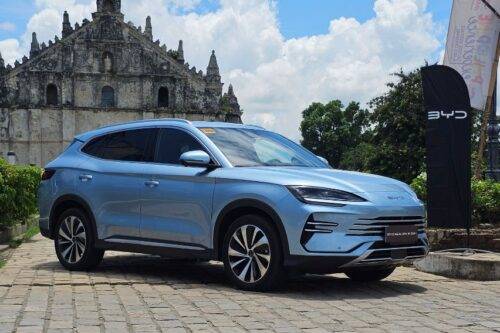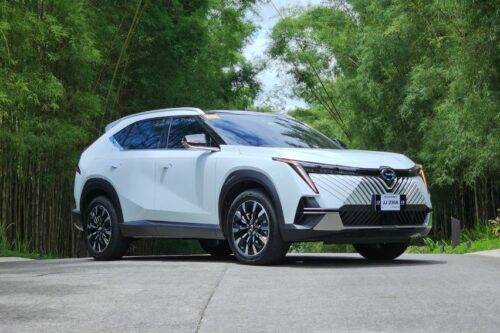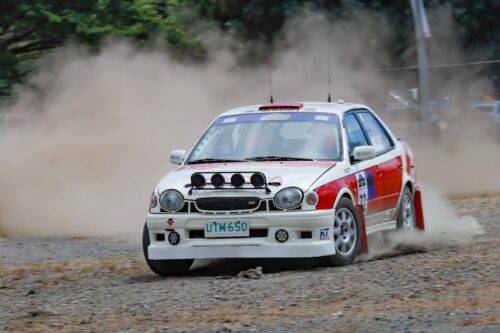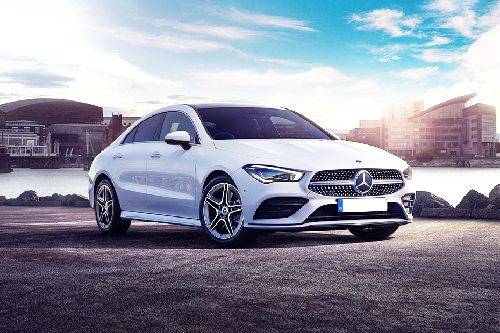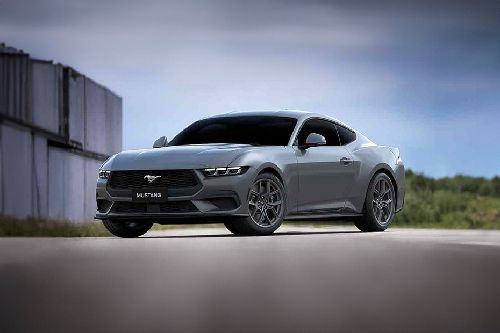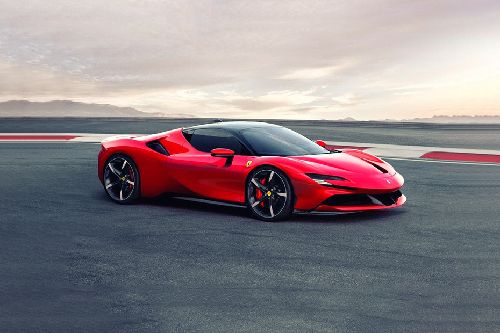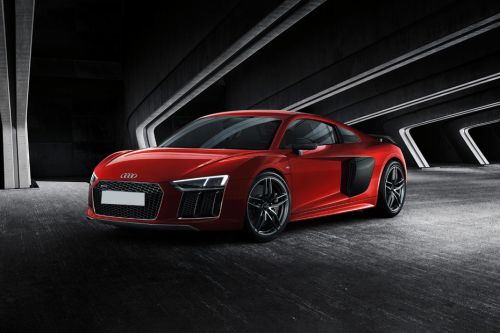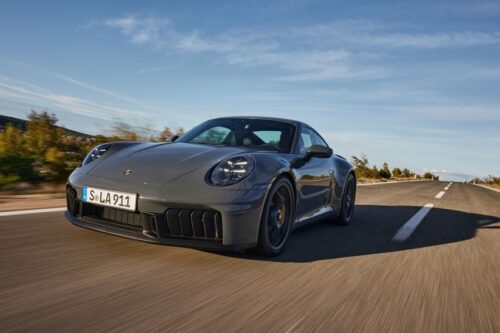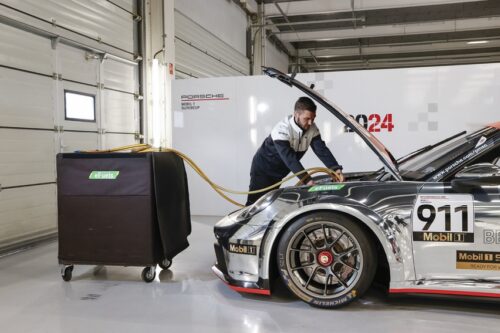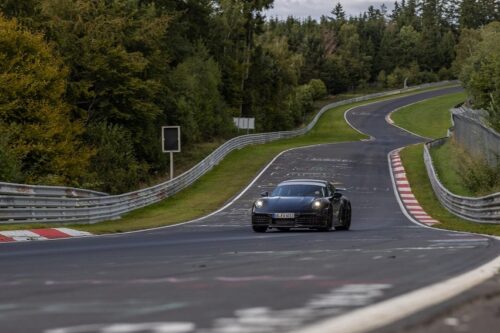Porsche debuts 911 GT3 R customer race car

MANILA: Porsche introduces a new customer racing vehicle with its latest 911 GT3 R. Beginning with the 2023 season, this new competitor that is also based on the current 992 generation will compete in the GT3 series.
KEY TAKEAWAYS
What powers the Porsche 911 GT3 R?
The near-standard engine from the 911's 992-generation is the heart of the new racing vehicle. It is a water-cooled flat-six engine with four-valve technology and direct fuel injection, same as the previous generation. However, an increase in displacement ups the power to 565ps.What key aerodynamic feature is found in the Porsche 911 GT3 R?
The aerodynamicPriority was placed on further enhancing the driveability for pros and so-called gentleman drivers as well as tapping greater performance reserves for various Balance of Performance (BoP) classifications when development got underway in 2019.
Another priority was streamlining the race car's handling for the teams and lowering operating expenses. The new 911 GT3 R is now available from Porsche Motorsport for €511,000 (about P28 million), plus country-specific VAT and optional extras.
“The new 911 GT3 R has big shoes to fill,” Sales Director at Porsche Motorsport Michael Dreiser said. “Its forerunner has won almost everything there is to win in the GT3 scene in four seasons since 2019. Its stand-out successes include overall victories at the 24-hour races at the Nürburgring and also here at Spa-Francorchamps.
Raced by our customers, the predecessor scored class victories at the 24 Hours of Daytona and the 12 Hours of Sebring. The new model faces a massive workload in the hands of the Porsche customer racing teams.”
The FIA WEC World Endurance Championship follows the North American IMSA series in declaring the GT3 class as a professional division. Starting in 2024, GT3 race cars like the Porsche 911 GT3 R will be allowed to compete in the 24 Hours of Le Mans for the first time.
“Our task was less about making the new 911 GT3 R even faster – the classification within performance windows set by the BoP quickly cancels out this advantage,” 911 GT3 R Project Manager at Porsche Motorsport Sebastian Golz explained.
“For us, it was primarily about our customers being able to drive the racing car fast for longer. This requires durability and that’s why we focused predominantly on improved driveability. This is reflected in the new 4.2-litre engine’s broader usable rev band, more stable and constant aerodynamics and lower loads on the rear tyres, which allow their potential to last longer.”
The near-standard engine from the 911's 992-generation is the heart of the new racing vehicle. It is a water-cooled flat-six engine with four-valve technology and direct fuel injection, same as the previous generation.
The key innovation is the displacement: like the 911 RSR, the new 911 GT3 R has a capacity increase of about five percent, from 3,997 to 4,194cc. The engine's maximum output has increased as a result to roughly 565ps.
However, Porsche has first and foremost optimized the torque and power curve throughout the entire rpm range. The new 4.2-liter six-cylinder is therefore more appropriate for gentleman drivers.
The high-revving six-cylinder engine operates without turbocharging and is positioned in the traditional rear position, which improves stopping power and traction. To give the underbody diffuser more room, it has been slanted forward by 5.5 degrees.
The sequential six-speed contest-mesh gearbox is derived from the current 911 GT3 Cup, and auxiliary units like the alternator and air conditioning compressor were moved a good meter forward and further down into a space in front of the engine and gearbox, which has a positive impact on the weight balance of the 911 GT3 R.
An electronic shift drum actuator that permits especially quick and accurate gear changes is controlled by shift paddles.
As for the Porsche 911 GT3 R's suspension, it has undergone numerous modifications, enhancing driveability, enabling more precise steering, and guarantees less wear on the rear tires, and cuts down on setup change time. Many parts and technical solutions for this were derived from the 911 RSR.
A cutting-edge double wishbone system controls the wheels at the front axle. There are several links on the rear axle. The KW shock absorbers have five adjustment levels as a result of further improvement. Shims, as they are sometimes called, are used to modify setups. These plates allow for precise changes without the need for the suspension to be realigned, which takes time.
The aerodynamic "racing underfloor" idea is made possible by the central pivot points' optimal arrangement at the front axle. Similar to the 911 RSR, this higher underbody decreases the race car's pitch sensitivity, or a high rake under braking, and permits a clean airflow to the rear diffuser.
The wheelbase has increased from 2,459 to 2,507 millimeters as a result of the rear wheels being placed a little farther back. Additionally, this lessens the strain on the rear tires and enhances the constancy of their performance over extended periods of time.
In addition to the aluminum monobloc racing brake calipers, the brake discs on the new 911 GT3 R are now also supplied by the specialist company AP. The internally vented and slotted front steel discs measure 390mm in diameter and are activated by six pistons.
Fitted at the rear are four-piston calipers and discs measuring 370 mm. A sophisticated software application for the fifth-generation racing ABS reduces wear on the tires and brakes. Porsche's traction control system also received further development.
After the 911 GT3 Cup, the new 911 GT3 R is just the second racing vehicle from Porsche Motorsport to be built on the current 992-generation 911. Nearly every body part is made of lightweight carbon, including the front and rear lids, doors, side panels, rear wing, and roof.
Its lightweight body features an intelligent aluminum-steel composite design that is based on the production model, albeit with significant modifications for use in the 911 GT3 R. Aramid fibers are used to create the wheel arches.
Functionality is prioritized in cars like the Porsche 911 GT3 R. Grant Larson of Style Porsche once more succeeded in emphasizing the 911’s history and fusing it with chic efficiency. Most significantly, the aerodynamics show this. The distinguishing features include a raised underbody at the front of the front axle, first combined with a smooth undertray, and a rear diffuser.
Without significantly increasing drag, this combination increases downforce. Swan-neck mounting is now present on the rear wing. This guarantees a clean airflow beneath the wing, increasing the component's aerodynamic performance.
The new Porsche 911 GT3 R takes an uncompromising approach to safety. The center of the automobile is now closer to the seat. As a result, Porsche was able to perfectly match the increased roll cage and newly created FIA side impact protection to the more ergonomic seat position.
The steering wheel and pedals can be moved longitudinally to fit the driver, just like in the predecessor. The six-point safety harness underwent another comprehensive examination by Porsche specialists; the tongues now slide into the clasp via special ramps even more quickly, saving around a second during driver changes in the pits.
Additional improvements were made to the steering wheel's design over the previous version. It includes components that have been successfully used in the most recent 911 GT3 Cup and 911 RSR race vehicles. For instance, the winning one-make cup racer provided the 10.3-inch display, while the Le Mans class champion provided the multi-switch design.
The high-performance LED headlights on the 911 GT3 R rely on so-called collimator technology, which Porsche developed for the new LMDh 963 prototype, among others. This device works like a magnifying glass, only in reverse. It illuminates a particularly large area of the racetrack and is a significant improvement on the predecessor model, which was previously regarded as the class leader.
Photos from Porsche
Also read: Porsche reports hike in sales revenue, operating profit
Sell your car at the best price
 Verified and genuine buyers
Verified and genuine buyers
-
Explore Porsche 911
Porsche Car Models
Don't Miss
Porsche 911 Promos, DP & Monthly Installment
PIMS 2024
- Latest
- Popular
You might also be interested in
- News
- Featured Stories
- Latest
- Popular
Latest Porsche 911 Car Videos on Zigwheels

Compare & Recommended
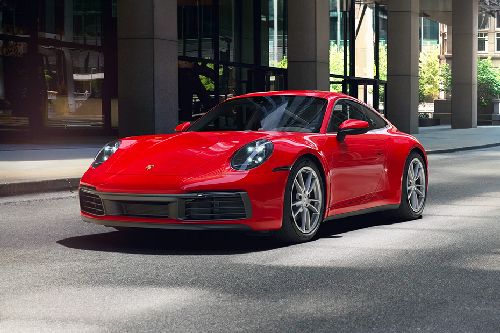
|
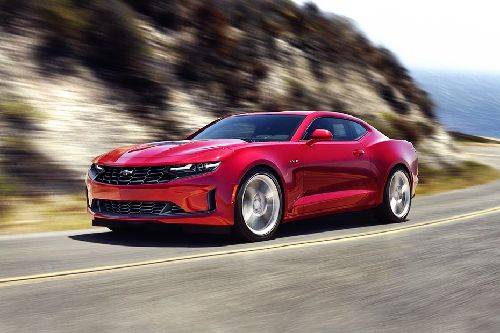
|

|

|

|
|
Engine
3.0L Gasoline Engine, 6 Cylinder 24 Valve
|
2.0L Gasoline Engine, In-Line 4 Cylinder 16 Valve DOHC
|
3.5L Gasoline Engine, 6 Cylinder 24 Valve
|
6.4L Gasoline Engine, 8 Cylinder 32 Valve
|
3.0L Gasoline Engine, In-Line 6 Cylinder 24 Valve
|
|
Alloy Wheels
Yes
|
Yes
|
Yes
|
Yes
|
Yes
|
|
Engine Start/Stop Button
Yes
|
Yes
|
Yes
|
Yes
|
Yes
|
|
Headlamp Type
LED
|
LED
|
LED
|
LED
|
LED
|
|
Brake Assist
Yes
|
Yes
|
Yes
|
Yes
|
Yes
|
|
Ebd
Yes
|
Yes
|
Yes
|
Yes
|
Yes
|
|
Side Airbag-Front
Yes
|
Yes
|
Yes
|
Yes
|
Yes
|
|
Rear Camera
Yes
|
Yes
|
Yes
|
Yes
|
Yes
|
|
Air Quality Control
-
|
-
|
Yes
|
-
|
-
|
|
Navigation System
-
|
-
|
Yes
|
Yes
|
Yes
|
|
|
Trending Coupe
- Latest
- Upcoming
- Popular
Porsche 911 Car Articles From Carmudi
- journal


